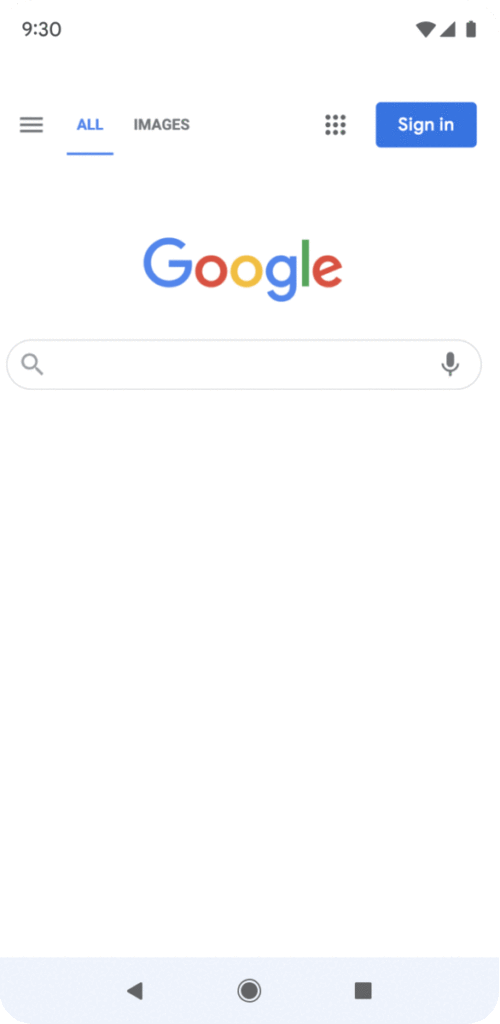Google, which manages billions of user accounts, said that it would be deleting Gmail accounts that have not been used for two years. According to the firm, the decision is a part of the internet giant’s ongoing attempts to improve security protocols for its sizable user base.
People desire safe and secure products and services when they utilize them online. To protect customers from security threats like spam, phishing schemes, and account theft, Google has invested in technology and solutions.
Even with these safeguards, a compromised account is more likely to exist if it hasn’t been used for a long time. This is due to the fact that forgotten or unattended accounts frequently utilize outdated or frequently used passwords that may have been hacked, aren’t protected by two-factor authentication, and undergo less frequent user security checks.
According to their internal study, abandoned accounts are at least 10 times less likely to have 2-step verification set up than active ones. In other words, these accounts are frequently vulnerable, and once a compromised account has been utilized, it can be exploited for everything from identity theft to spreading spam or other undesirable or harmful content.
“To reduce this risk, we are updating our inactivity policy for Google Accounts to 2 years across our products. Starting later this year, if a Google Account has not been used or signed into for at least 2 years, we may delete the account and its contents – including content within Google Workspace (Gmail, Docs, Drive, Meet, Calendar), YouTube and Google Photos.”, mentioned Google blog.
Also Read: WhatsApp Boosts Privacy with New ‘Chat Lock’ Feature
Only personal Google Accounts are subject to the regulation; accounts used by businesses or institutions like schools are not affected. This change restricts the amount of time Google keeps your unused personal information and aligns our policy with industry norms for account termination and retention.
This will be introduced gradually, carefully, and with advance warning:
- Although the policy is now in effect, customers who have dormant accounts won’t be affected right away; we won’t start deleting accounts until December 2023 at the earliest.
- They will proceed in stages, beginning with accounts that were created but never utilized.
- They will send many messages to the account email address and the recovery email (if one has been provided) in the months before we delete an account.
Keeping Your Account Active
A Google Account can be kept active by just logging in at least once every two years. Your account is deemed active and won’t be erased if you recently signed into your Google Account or any of our services. The following actions you take when you sign in or when logged into your Google Account may be considered activity:
- Emailing someone or reading one
- Google Drive usage
- Watching a video on YouTube
- Installing a program from the Google Play Store
- Google Searching
- Using To access a service or program from a third party, sign in using Google
Your account won’t be impacted if you already have a subscription set up through your Google Account, such as to Google One, a news source, or an app. We also take into consideration this account activity.

As was previously announced, in order to be deemed active and prevent your images and other content from being erased, you will need to specifically check in to Google Images every two years. Similarly to that, they will deliver numerous notifications before acting.
Having a backup strategy for an account and its contents
At sign-up, they advise consumers to include a recovery email. It’s crucial to check that the recovery email listed in your account settings is current. They also provide alternatives for data backup and a selection of free tools to assist you in managing your account.
Over a decade ago, they introduced their takeout feature, which allows you to download and export your data to other platforms. Similar to this, Inactive Account Manager lets users choose what will happen to their account and data after it has been inactive for up to 18 months. During enrollment, consumers have the following choices- Sending particular files to selected, trusted recipients, setting up an autoresponder in Gmail, and completely deleting their account.
With today’s upgrade, they are able to maintain their improvements in account security and demonstrate their dedication to protecting your privacy.


